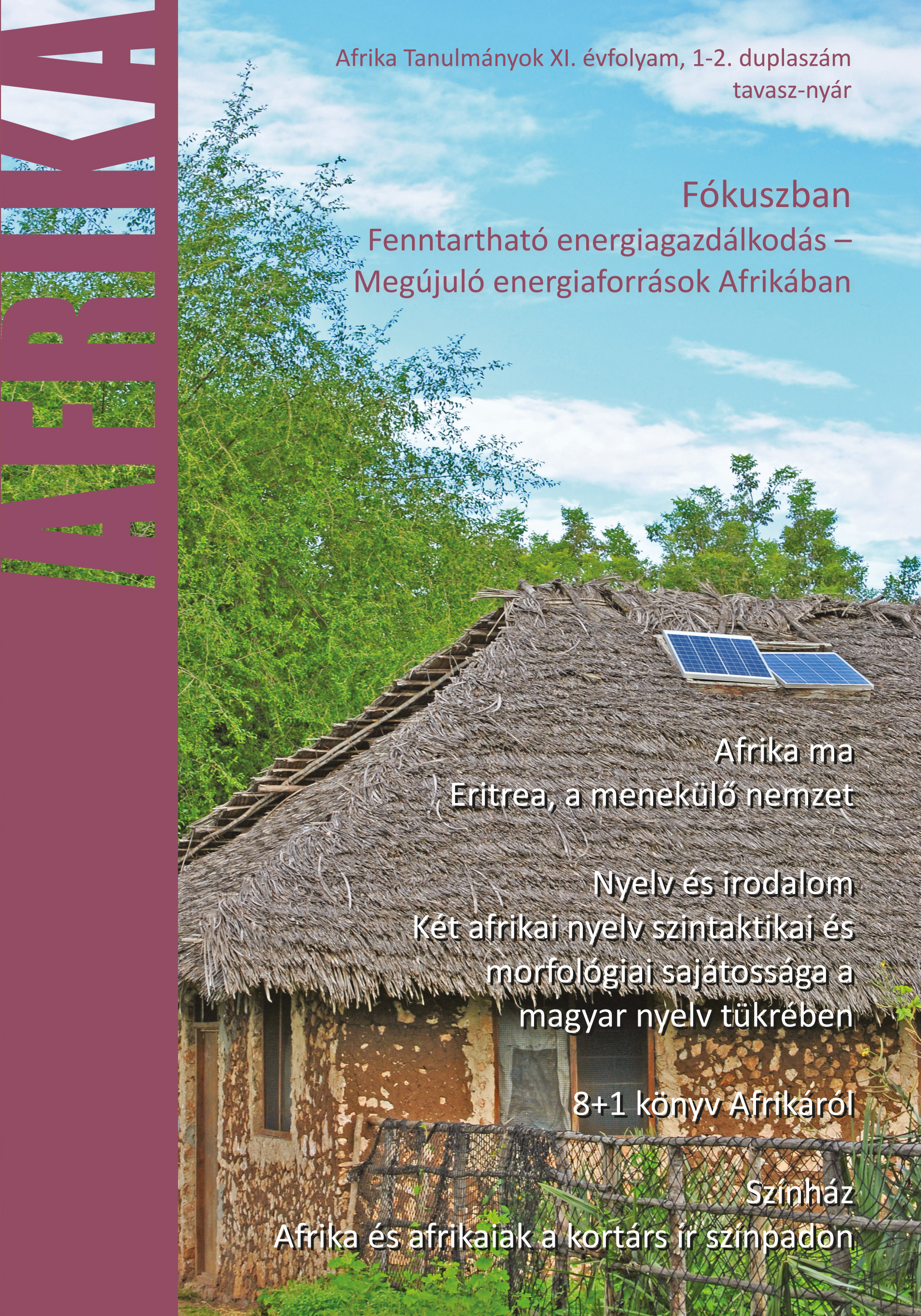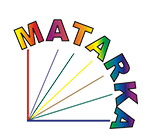The Particularity of Two African Languages in Syntax and Morphology in Light of The Hungarian Language
Keywords:
Luo, Swahili, Morphology, Linguistic typologyAbstract
In this paper, I analyse the particularity in form of two African languages which are spoken in Kenya, that is Luo and Swahili languages. These two African languages are my mother tongue. I have seen that the Luo language has specific morphological characteristics which manifest themselves in contrast to the universal morphological order. In the universal order, the [mode/time] morpheme is closer to the stem of the verb than the [person] morpheme. And in the case of the morphological order of the Luo language, the [person] morpheme is closer to the stem of the verb than the [mode/time] morpheme. In the Swahili morphological order, the [mode/time] morphemes are sometimes beside the verb and sometimes they are preceded by [number/object] morphemes or the [aspect] morpheme. The Swahili language partly follows the universal order. I carry out my disquition in the light of the characteristics of the Hungarian language. In my research work I would like to highlight the exact similarities and differences that can be found between the Hungarian and the two African languages.
I deal with a theoretical approach: on the one hand, I carry out morphological studies in which I focus on the difference between the Hungarian and the two African languages, on the other hand, I examine their syntactical differences. The similarity between the three languages is that all three can agglutinate. My examples illustrate the syntactical and morphological similarities, and the differences between the Hungarian and the two African languages. One of the differences between the two languages and Hungarian is the word order flexibility in a sentence, which is found in the Hungarian language: SVO or SOV, but not in the two African languages.
Downloads
Published
How to Cite
Issue
Section
License

This work is licensed under a Creative Commons Attribution-NonCommercial-NoDerivatives 4.0 International License.
















